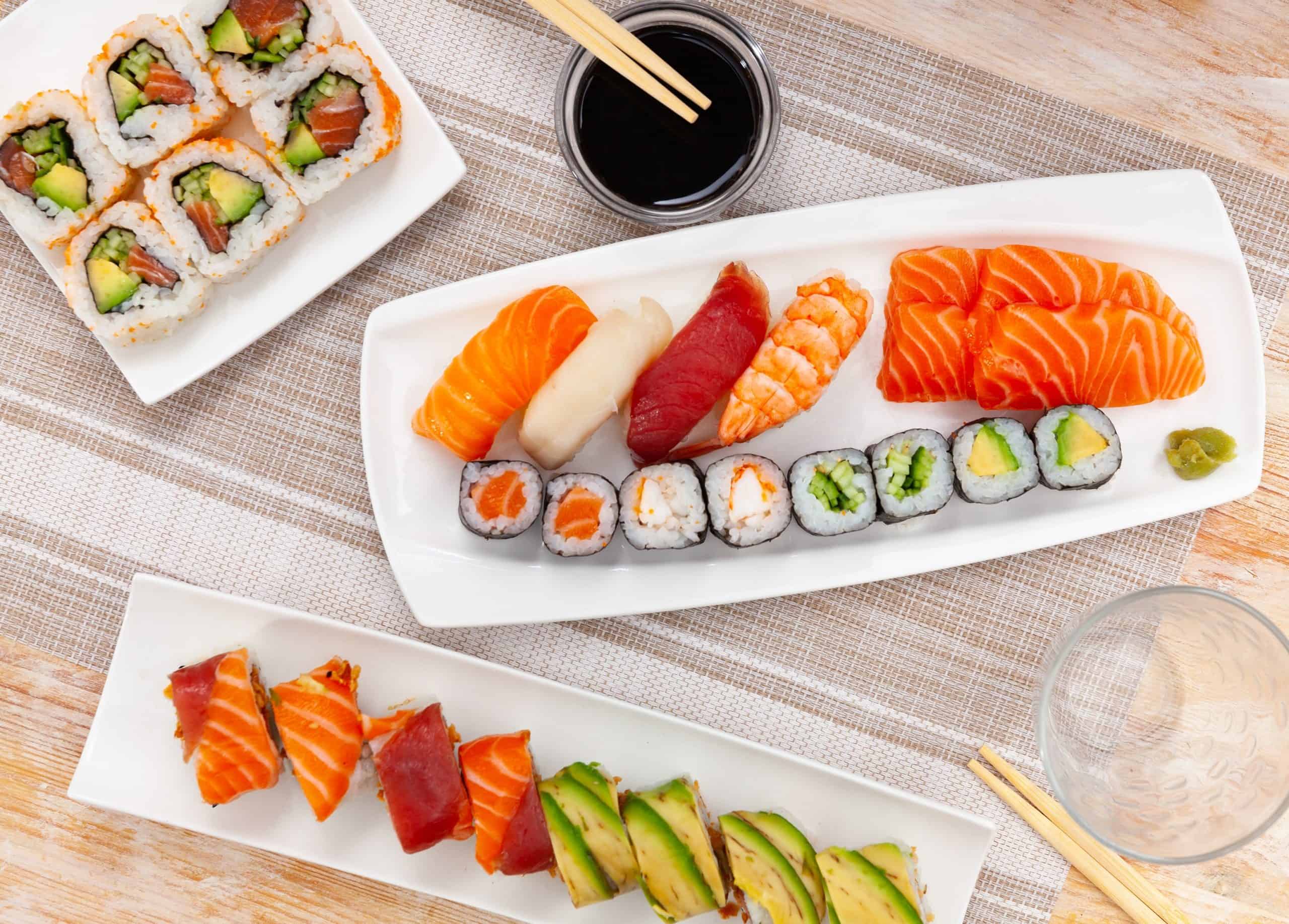
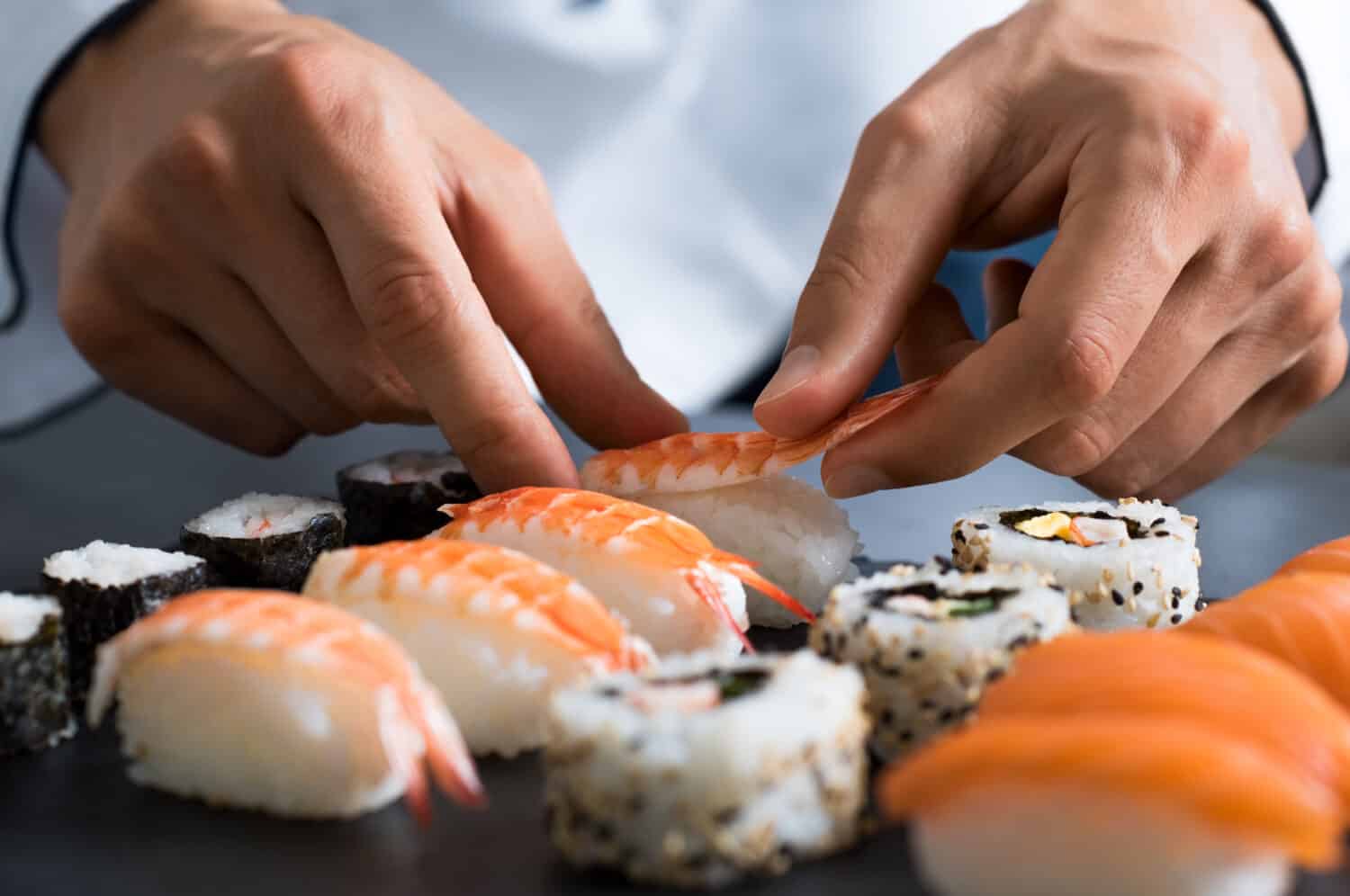
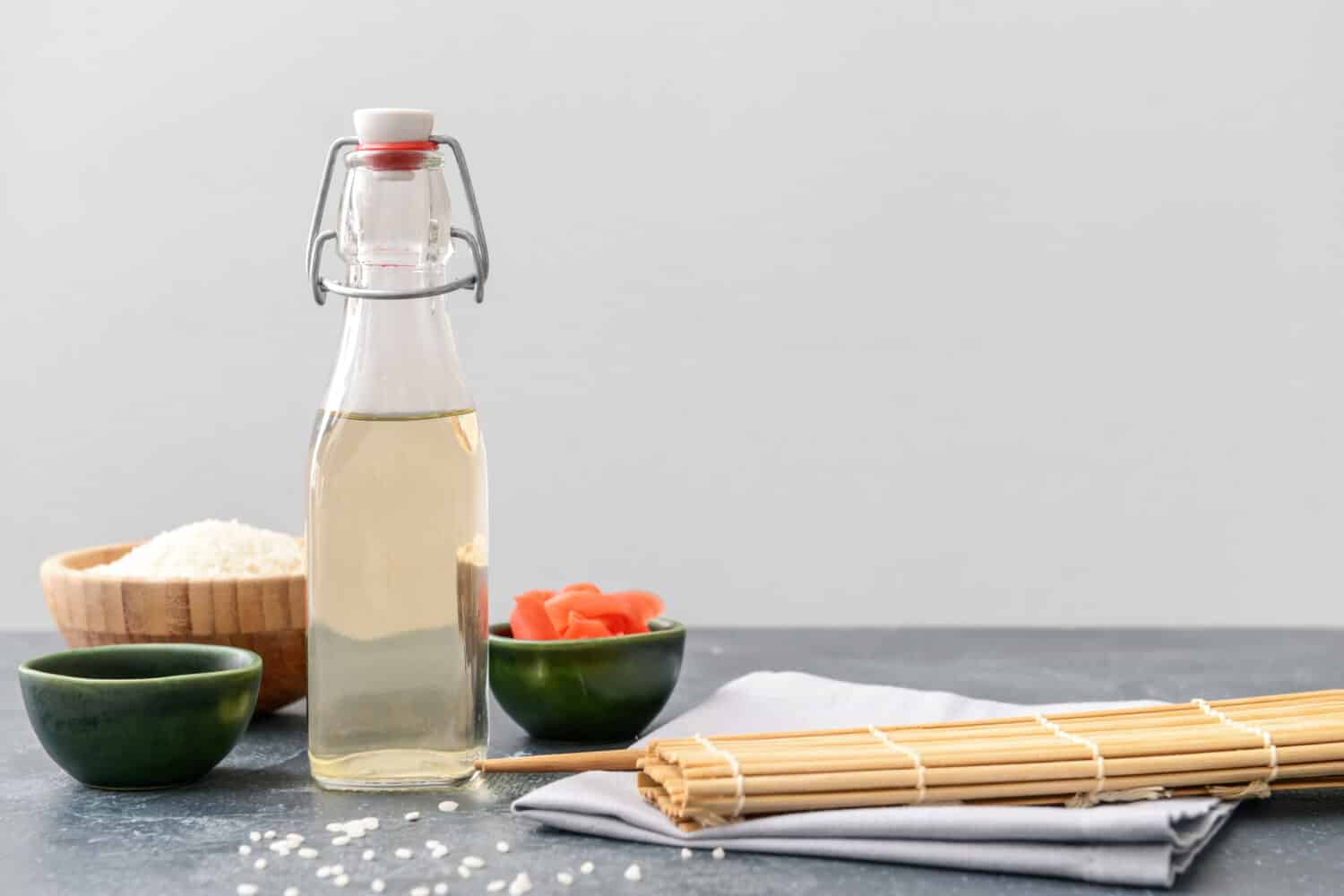
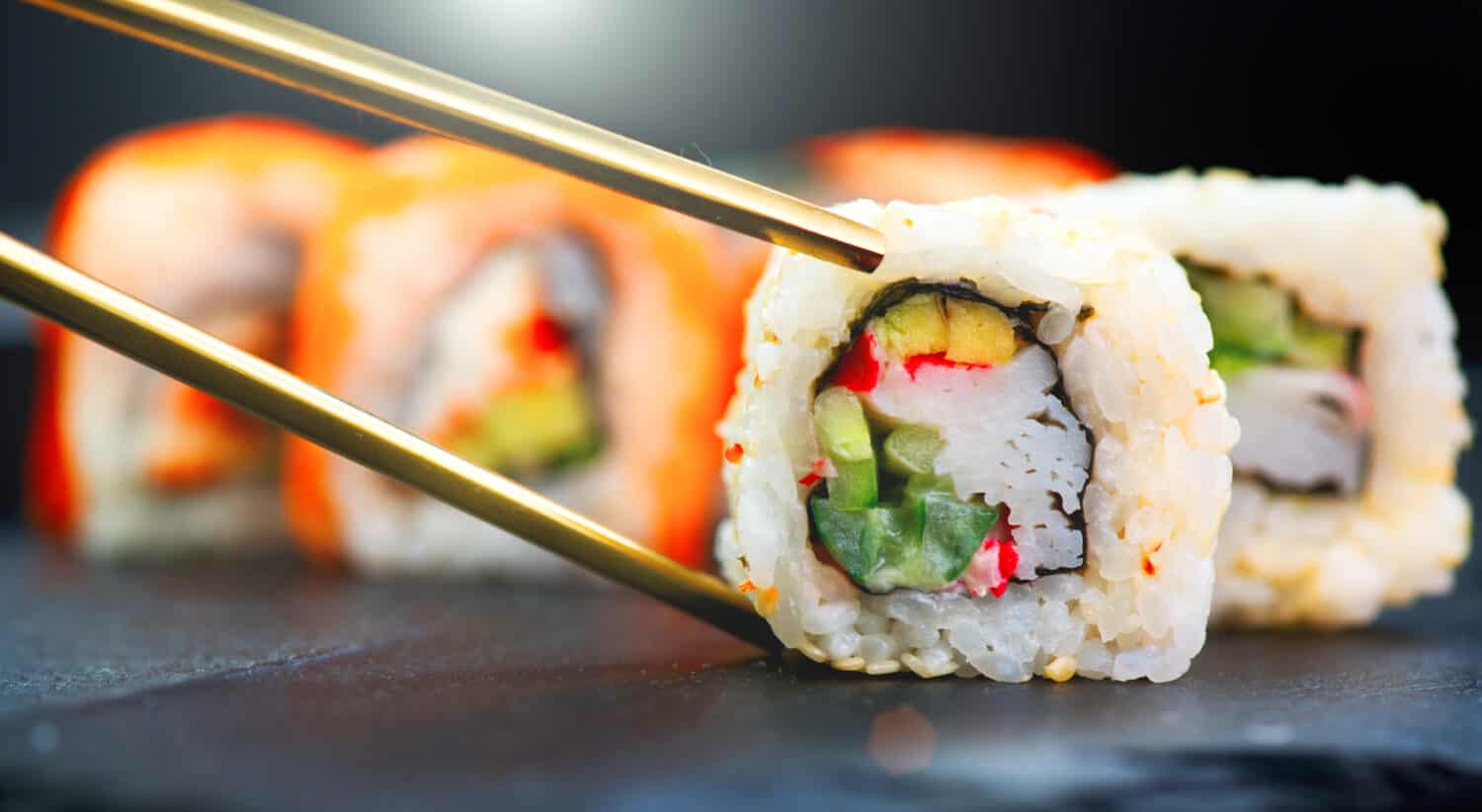
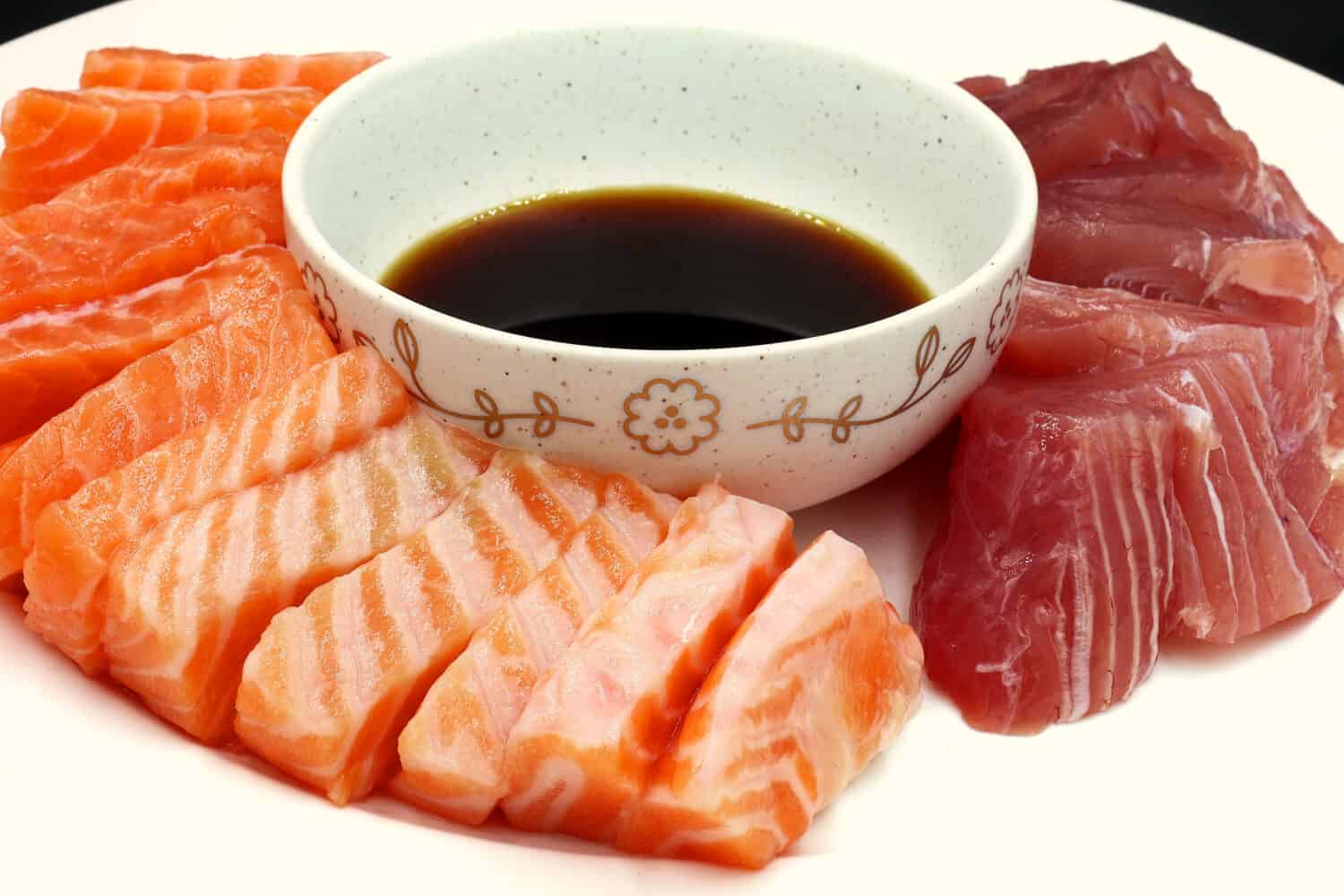
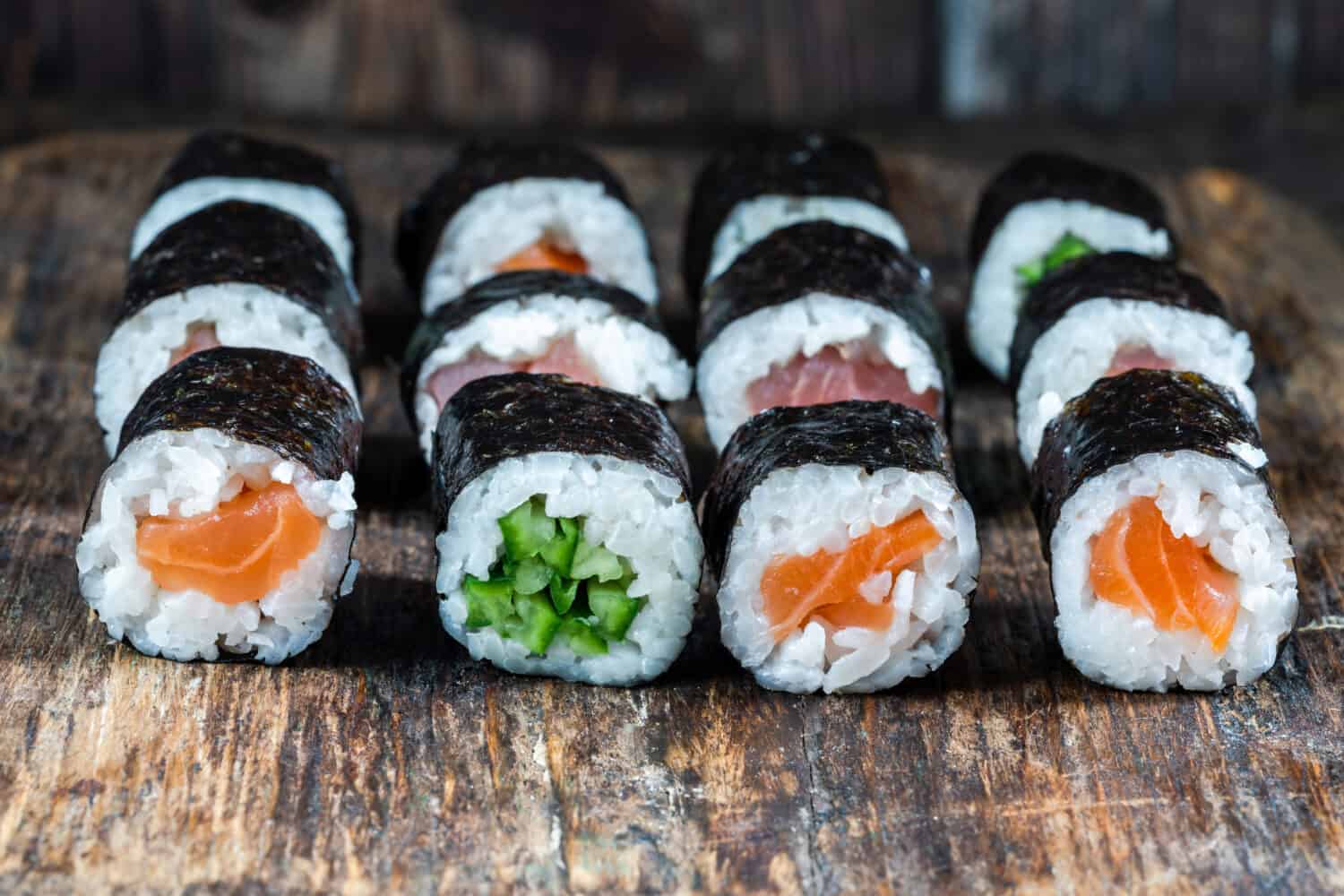
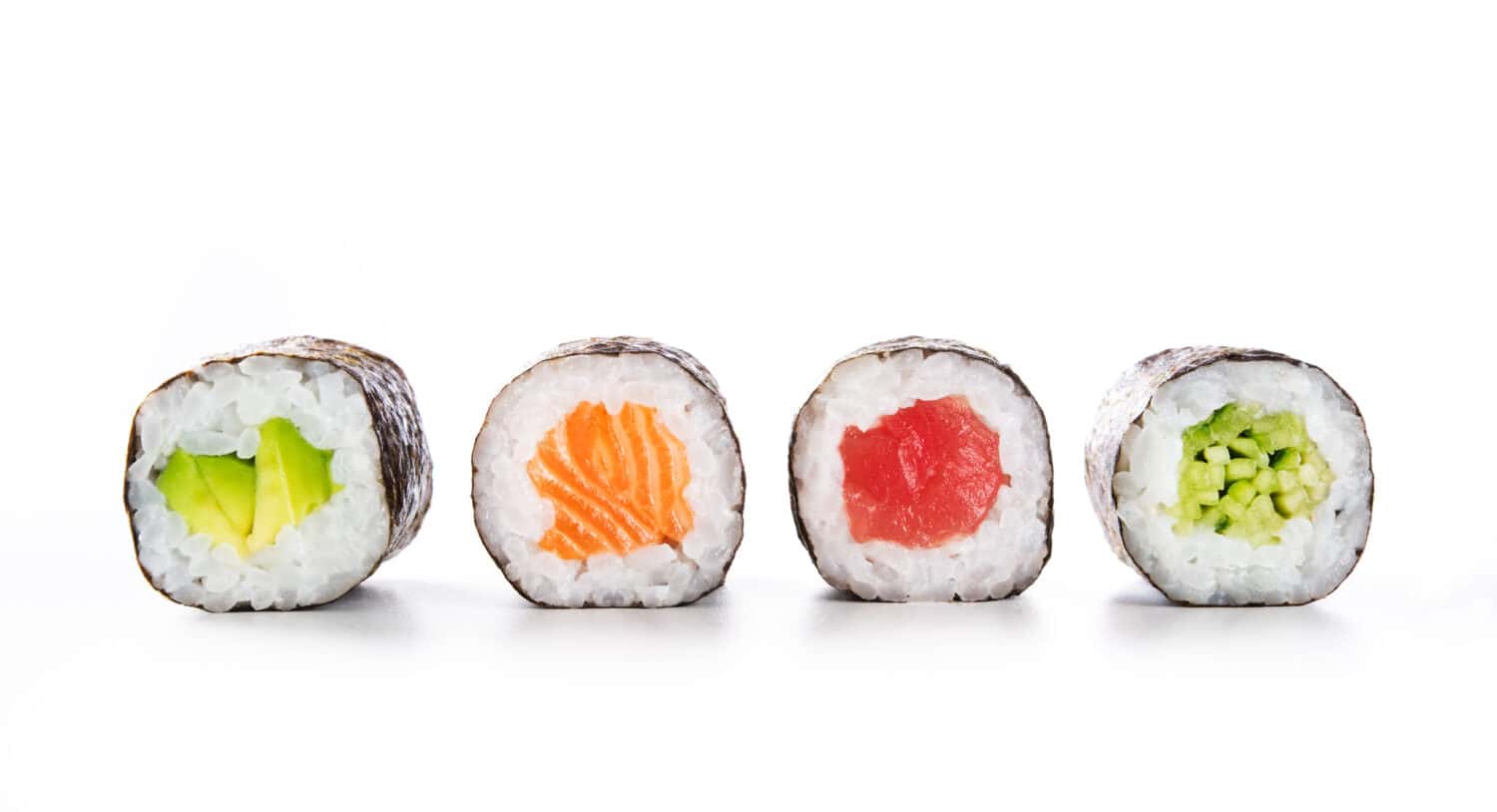


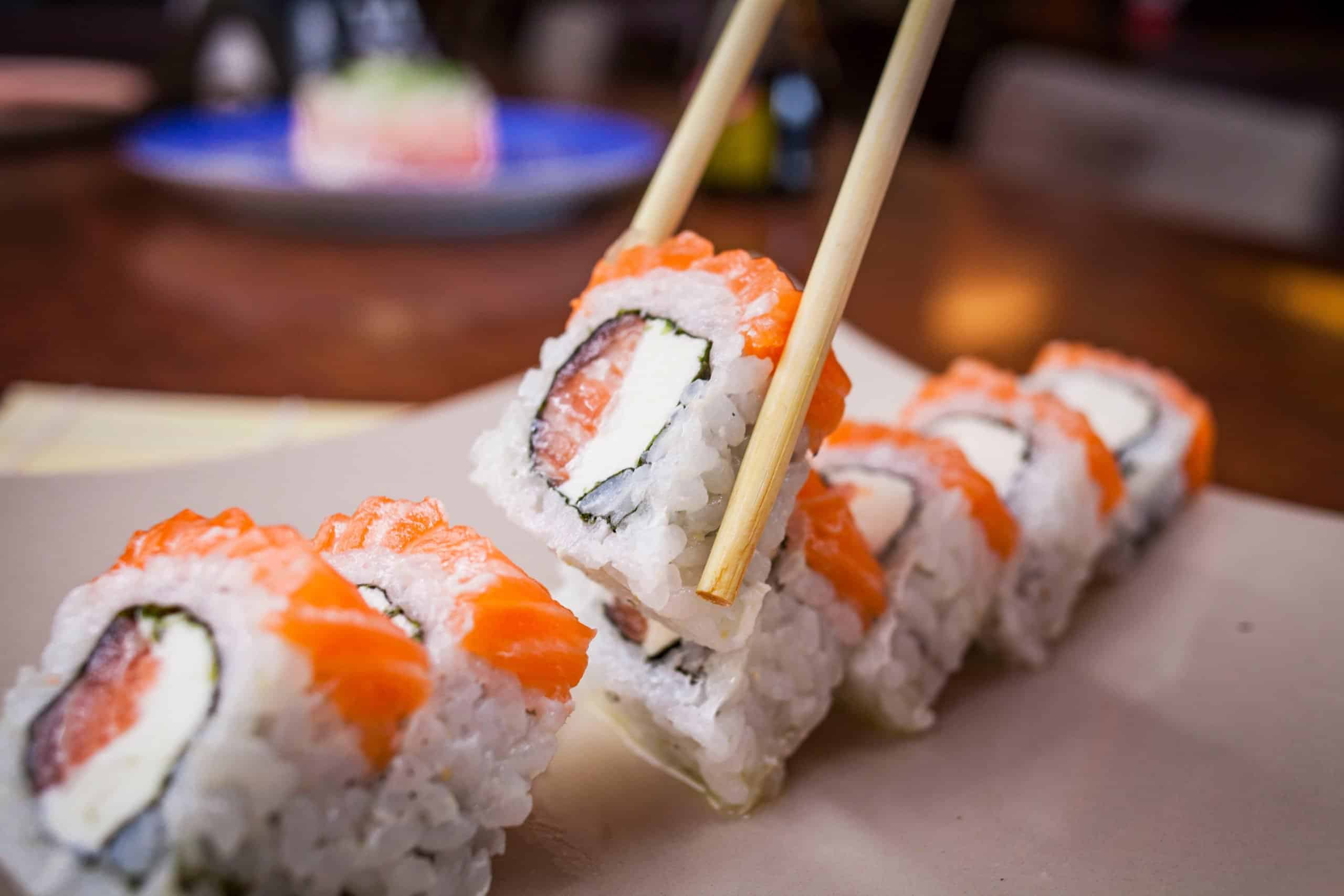



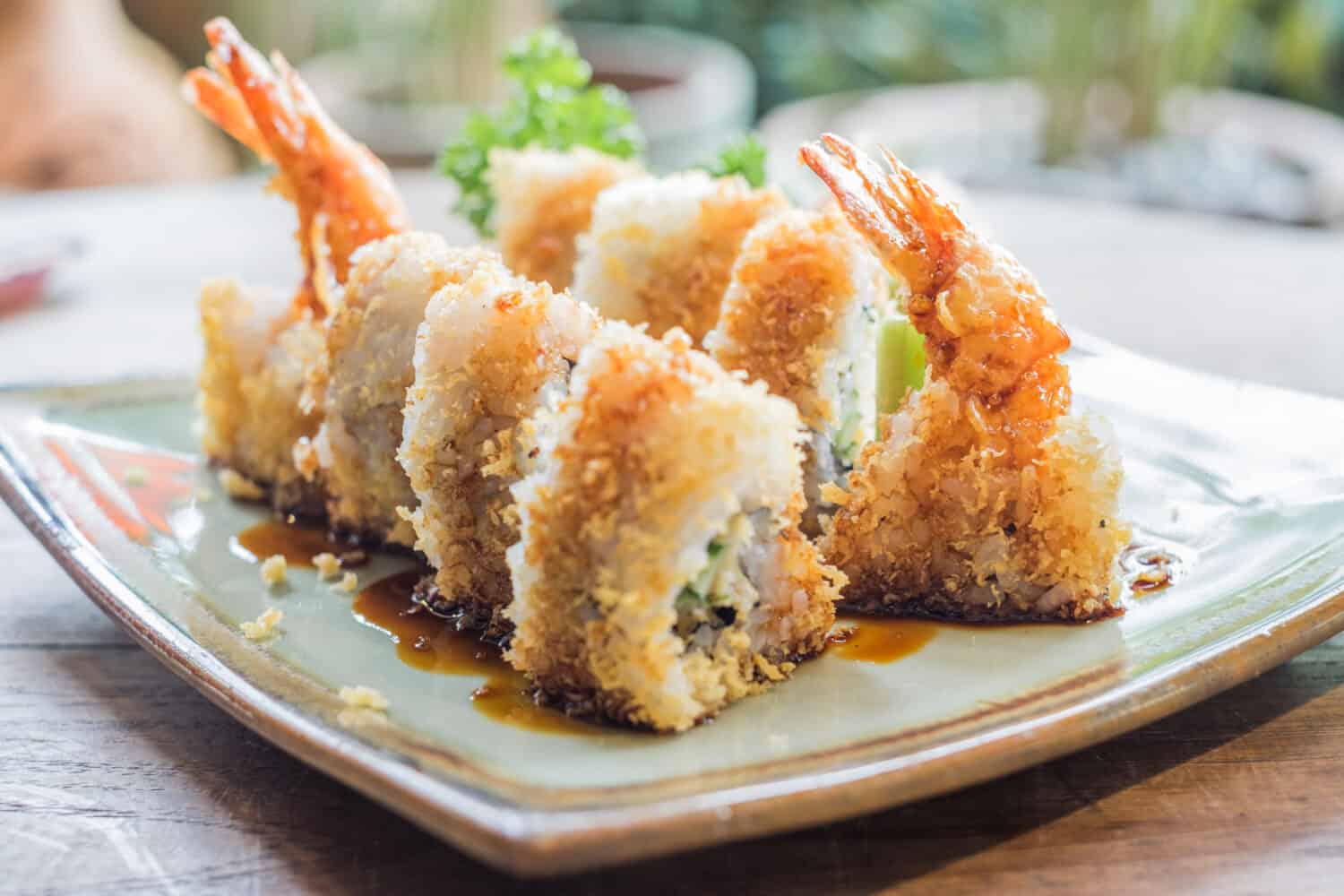

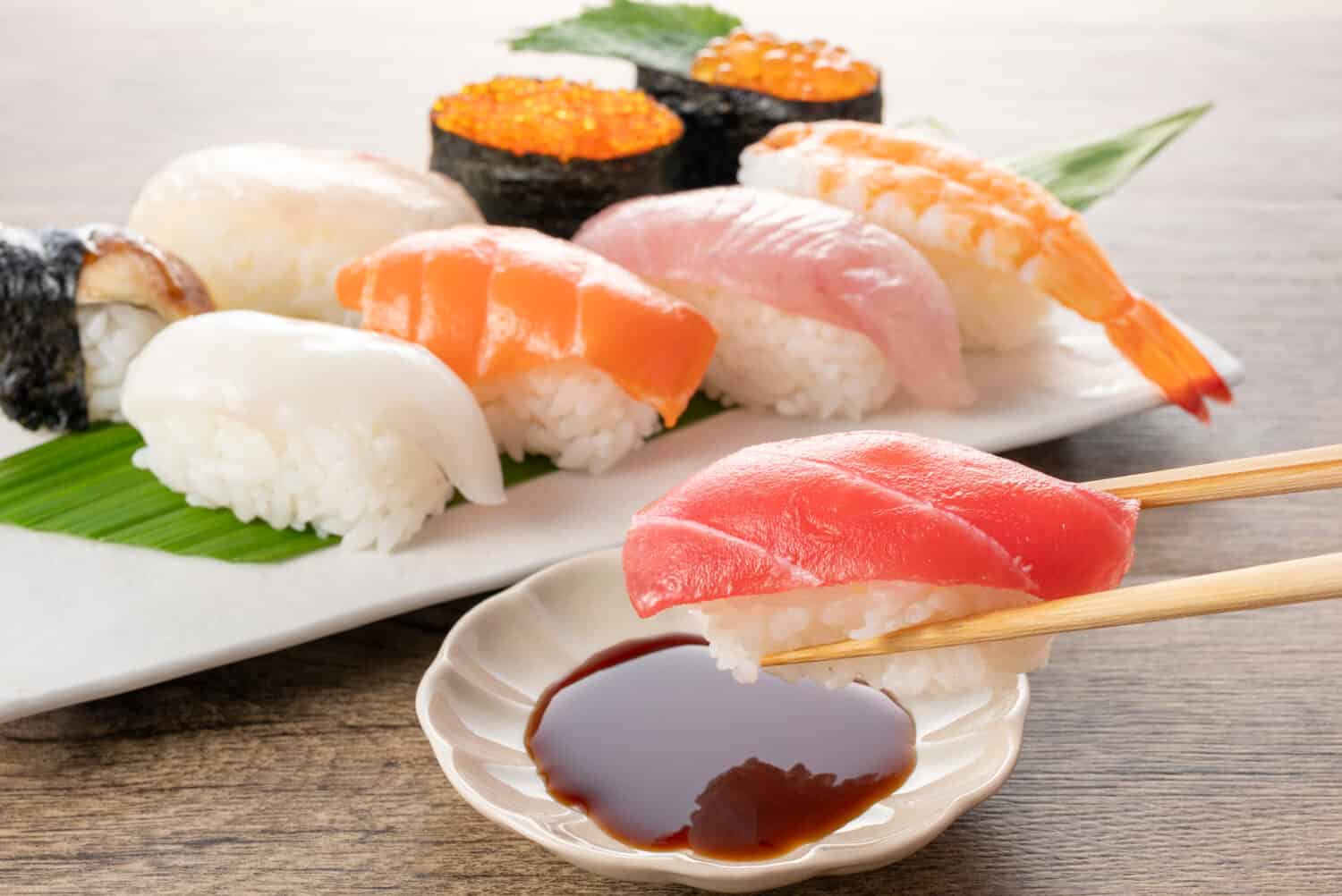


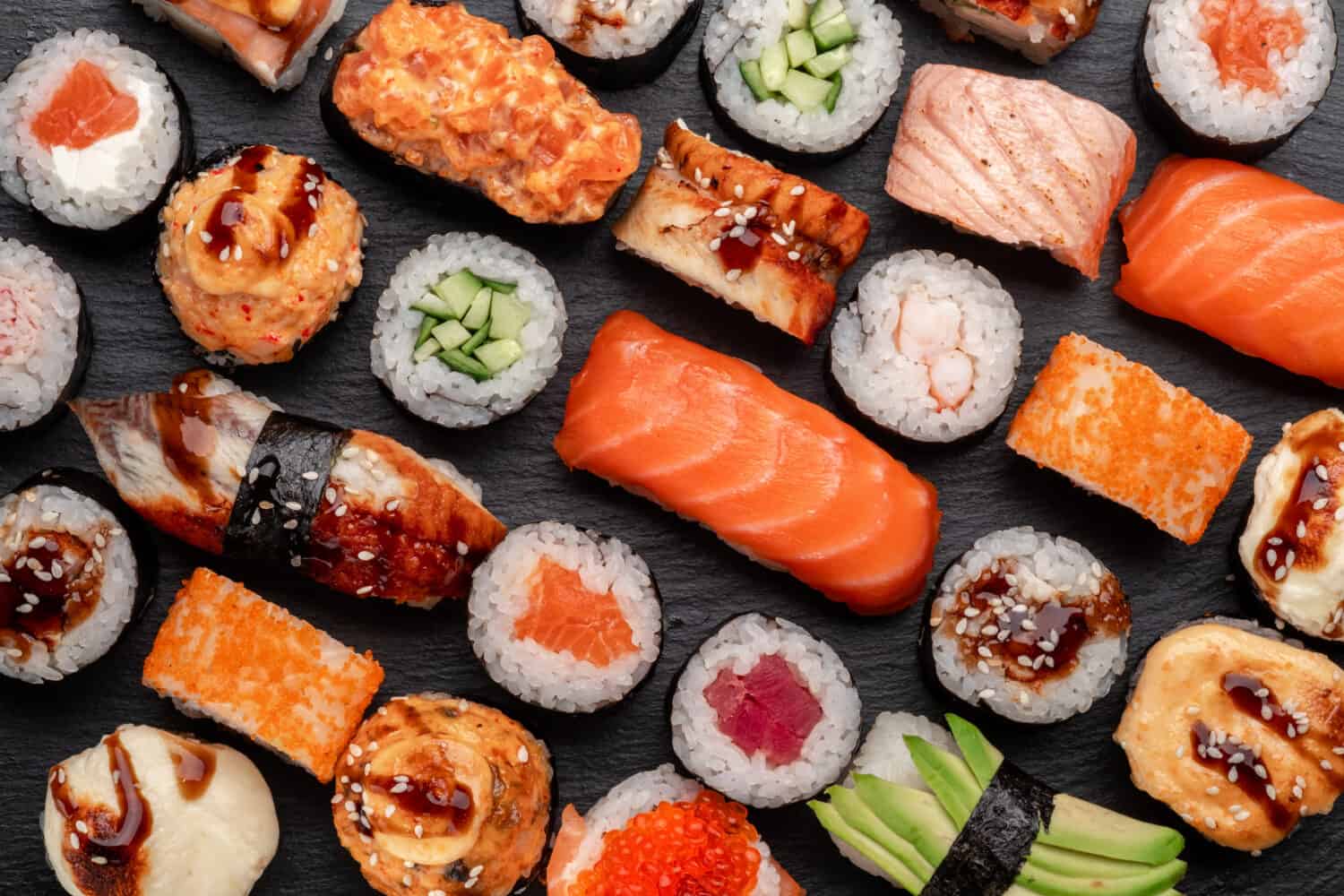



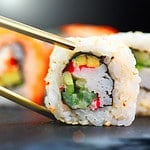


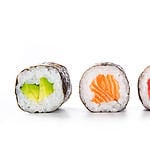




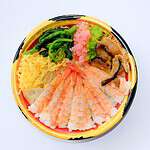

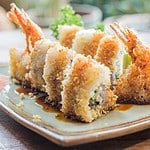





Sushi for Beginners: How to Navigate a Sushi Menu Like a Pro
Are you new to the world of sushi? If you want to go from novice to rocking out the sushi menu, this sushi for beginners guide will help you. From learning the basic types of main sushi to proper sushi etiquette, you will navigate a sushi menu like a pro before you know it.
What is Sushi?
Sushi is one of those dishes that people either love or prefer to pass on. However, there is no denying that sushi is an art form that dates back to the 5th to 3rd centuries BC. Like anything, sushi has evolved. At the beginning of its creation, this dish was salted fish served over fermented rice and eaten all across Asia.
Now, pop culture has leaned into the beauty of sushi. Whether you walk into a well-known sushi restaurant or buy it pre-packaged from the grocery store, sushi remains a popular dish across many countries.
A Break Down of Sushi Ingredients
The ingredients in the sushi you order will vary. However, these dishes use the same type of ingredients for many versions. These ingredients include:
- Nori, a dried and thin sheet of seaweed.
- Pickled ginger.
- Salt.
- Sushi rice which is sticky and works as a way to hold ingredients together.
- Rice vinegar, which is sugar and salt mixed together.
- Wasabi is a Japanese spice.
- Raw or cooked fish. These include shrimp, tuna, crab, and salmon.
- Vegetables. The types used can vary but popular types are cucumber, carrots, and avocados.
Sushi ingredients will be different depending on where you order it and the type you order. However, traditional sushi typically will be simple, fragrant, and flavorful. This art form thrives on simplicity.
Main Types of Sushi
Today, sushi is an all-encompassing word that covers a variety of styles of this type of dish. Typically, the dish has fish, vegetables, and rice. Additionally, popular spices used in sushi include wasabi and soy sauce.
Now, let’s look at the main types of sushi on the menu.
Sashimi
Simplicity is king when it comes to sashimi. Cut raw fish make up this dish. Another word for sashimi is hira-zukuri. Condiments such as soy sauce are on the side for dipping. In the world of sushi, sashimi may be on the “outer skirts” of qualifying as a traditional dish because it doesn’t have any rice. However, it remains one of the most popular dishes on the menu.
Maki
Maki is one of the more common types of sushi and can often be bought in a grocery store. This dish can come in various sizes and contain a variety of ingredients. Typically, maki is sushi with fish, vegetables, and rice. The ingredients have a nori wrap around them, and the sushi is then cut smaller. One reason maki is popular is that it comes in varieties to try.
Hosomaki
Hosomaki is a smaller and thinner variation of maki. It still has the nori sheet wrapped around the ingredients. However, only one ingredient, like cucumber or salmon, is wrapped in rice. Since hosomaki is one of the smaller types of maki, it’s easier to eat with chopsticks.
Futomaki
Futomaki rolls are larger and contain many different ingredients, such as cucumber, mushrooms, seasoned kanpyo (which are gourd strips) spinach, and unagi. Furthermore, futomaki rolls translate into “fat-rolled sushi” and are thicker than hosomaki rolls.
Temaki
Temaki is a variation of maki sushi. This type is very large, so it has to be eaten with hands. Its ingredients include different types of fish, rice, and vegetables rolled up into a cone shape.
Uramaki
Uramaki can have the same ingredients as maki. However, the order of the ingredients is different. The main ingredients are first wrapped in nori, which is then covered with a layer of rice. Like maki, uramaki is served with a dipping sauce and toppings.
Nigiri
Nigiri is one of the simple types of sushi. It consists of two main ingredients: fish and rice, which complement each other. While the fish doesn’t always have to be raw, nigiri typically has raw fish laid over vinegar rice.
Chirashi
Contrasting with nigiri, chirashi is a bowl of rice with various ingredients and garnishes on top of it. The term chirashi means “scattered” and can come with a variety of ingredients, including omelets, nori, salmon, shrimp, and more.
What is a Sushi Roll?
While sushi is an all-encompassing term that covers various types of sushi, a sushi roll is a subcategory of this dish. A sushi roll will contain a type of rice seafood and rolled-in nori seaweed. The roll is cut into smaller pieces after combining the ingredients and rolling into a cylinder shape.
While we already covered a few types of sushi rolls, like maki, here are a few more types to look out for on the menu.
Types of Sushi Rolls
- Tempura Roll: the ingredients in a tempura roll are deep-fried in batter. They are then wrapped in a nori sheet and rice.
- Dragon Roll: a sushi roll of shrimp, cucumber, avocado, mango, and rice. The main ingredients, shrimp and cucumber, are wrapped in nori. Rice is on the outside, and ingredients like avocado and mango are placed on top to look like dragon scales.
- California Roll: a uramaki sushi roll usually containing crab, cucumber, and avocado, sometimes topped with sesame seeds.
- Philadelphia Roll: this is another type of uramaki with cream cheese, cucumber, and smoked salmon as the ingredients.
- Spicy Tuna Roll: a sushi roll that is exactly how it sounds. The ingredients are typically tuna, mayonnaise, cucumber, and spicy sauce.
Ordering Sushi Like a Pro
When you venture out to a new sushi restaurant, ordering sushi for the first time can feel intimidating. One of the first ways to start is to order only two or three pieces of sushi. This rule of thumb applies to each person.
Don’t be afraid to ask the chef what they recommend. They are experts for a reason! Just be sure to let them know of any allergies.
If you are still nervous about ordering, try sitting at the sushi bar. Here, you can watch the Head Chef skillfully create his masterpieces. If you do decide to sit at the sushi bar, there are a few rules of etiquette to remember:
- Don’t overuse the wasabi sauce.
- Do not mix wasabi or soy sauce.
- Dip only the fish into the soy sauce.
- Ginger is considered a palate cleanser.
- If there is a head sushi chef or the junior chef near you, then be sure to make eye contact when talking to them.
- Don’t forget to use those chopsticks!
- Don’t overindulge; instead, stick to eating one piece at a time.
What is Proper Sushi Etiquette?
Speaking of etiquette, when it comes to sushi, one of the most intimidating aspects of starting out on this journey is figuring out the proper sushi etiquette. Here are a few tips to make your time at a new sushi restaurant feel like a breeze.
Chopsticks should be used to eat your sushi. However, eating some types of sushi with your hands is okay. These include nigiri and hand rolls. Sashimi, on the other hand, needs to be only eaten with your chopsticks.
If you decide to pick up sushi from a shared plate in the middle of your table, it’s proper to use the back end of the chopsticks to do so.
More Sushi Etiquette
After using chopsticks, they should be rested on the ceramic chopstick holder or on the edge of the plate.
Don’t overindulge with the sauces. Sushi should also be dipped into the sauce with the fish facing down into it. If you dip the rice side into the sauce, it will break apart.
Sushi needs to be eaten in one piece. This means sticking the whole piece into your mouth (if it is small enough to do so,) so all the ingredients do not fall out.
Use the pickled ginger between each course to cleanse your palate.
What About the Sauce?
Remember, flavors are already added to the sushi, so traditionally ordering extra sauce may be considered rude. Instead, if you want soy sauce to come with your dish, try to find one that already has it.
Also, many restaurants will provide guests with towels to wipe their hands with before eating their dishes and between courses.
In Conclusion
Ordering sushi for the first time can feel intimidating. However, even if you are a novice, you can feel more confident with this sushi for beginners guide. Although the names sound complicated, each dish is simply a variation of the popular Japanese dish that has exploded in popularity.
There is a type of sushi for almost anyone. Do you prefer something simple with only raw fish and a bed of rice? Then, start with nigiri. Do you want something more complicated, like a bowl of ingredients and an array of toppings? Then, chirashi should be on your to-order list. Now you can feel confident walking into any sushi restaurant or picking up sushi from the grocery store.